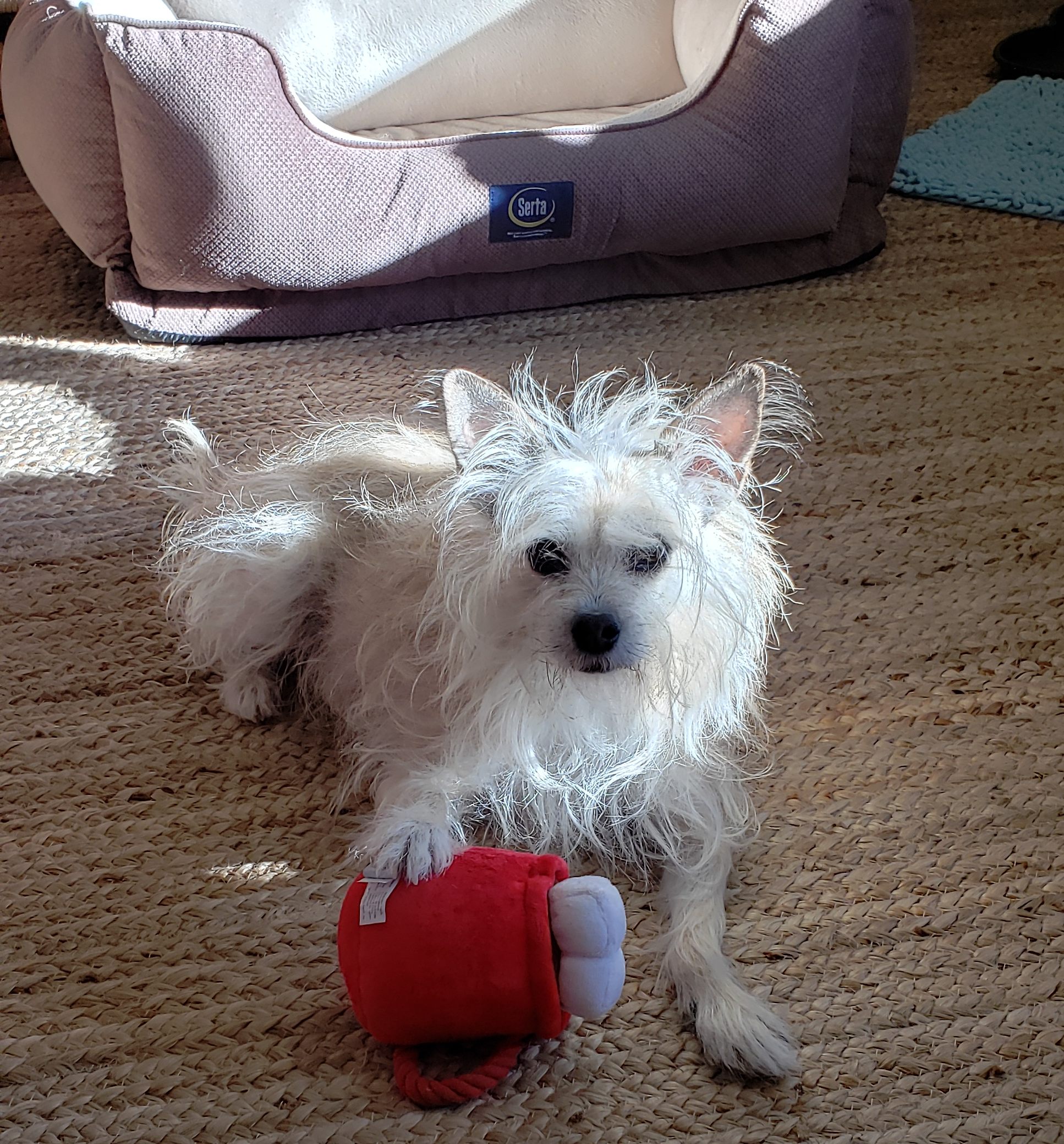Well hello! A version of this article also appeared in the It’s Not Just You newsletter. Sign up here to receive a new edition every Sunday for free.
When my youngest child was just a little creature, she’d settle into my mother’s lap and pat the velvety folds of skin under mom’s chin.
“Mormor, I love all your necks,” the kid would say before fading into sleep. Mom laughed every time, but with a tinge of embarrassment.
I was reminded of those moments when I read Face: One Square Foot of Skin by actor and director Justine Bateman. She spoke to 47 women about their aging faces and turned their stories into a collection of short narratives. Bateman asks, what if we just rejected the idea that older faces need fixing. What if we ignored all the clanging bells that remind women every day on every platform that we are in some kind of endless battle with aging.
Bateman writes: “I hated the idea that half the population was perhaps spending the entire second half of their lives ashamed and apologetic that their faces had aged naturally.”
Sign up here to receive a new essay from @SusannaSchrobs in your inbox every Sunday for free.
What struck me in reading these stories was how much time we spend fretting about whether we should do something about our faces or hold out. We are still stuck in the crack between empowerment feminism and reality. And I don’t just mean older women. I have friends in their 20s who also fall into a vortex of products that promise to reverse aging that isn’t even visible yet. The Instagram generation hasn’t been spared, in fact, they may have accumulated more time examining their faces than any before them.
One of Bateman’s characters, Faith, a 48-year-old former advertising executive, catches a glimpse of her face reflected in a tabletop as she leans over. She’s horrified at this new view of her sagging skin. She knew her face was no different than it had been an hour before, but now she’d was aware that “her face had crossed over,” and she couldn’t unsee it, couldn’t stop her confidence from eroding.
My mother had her own crossing-over story. She called it the day she became invisible. She was a nurse, and after every shift, there’d be a handover report to the incoming doctors and nurses. One day, when she was in her 50s, she realized that the unit physicians, both men, had started looking past her–their eyes and their questions drawn to the younger nurses behind her. And that’s when my pretty mother realized she’d used up the currency of a youthful face just as she’d reached the peak of her expertise.
There lies the problem with simply ignoring the terrible way some people react to older female faces. Ageism is pervasive, and it has real economic effects. Research shows that women over 50 who lose their jobs or quit to care for a family member have an extraordinarily tough time finding work again. And even if they do, they’ll likely make less than they did before.
SUBSCRIBE HERE to receive an essay from @SusannaSchrobs every Sunday.
That angst about being seen as older and less valuable in the workplace fuels the anti-aging industry as much as vanity or peer pressure. It’s infuriating but not crazy to believe that looking younger might get you a few more years of relevance and retirement contributions before you…cross over.
However, Bateman argues that even when we think we’re buying more time with cosmetic procedures, it’s an illusion, a Ponzi scheme in which age always wins.
She’s probably right. But I wish we could create a new currency, a better system, like a pro-aging Bitcoin. Your value increases every year and for developing soft neck wattles that comfort small granddaughters.
Or better yet, we could have our own personal NFTs (non-fungible tokens). NFTs represent unique, non-replicable assets like digital art, and the tech world is obsessed with them. So let’s imagine that our one-of-a-kind-woman faces are a new kind of NFT, a currency backed by a life lived without hesitation in the sunshine of good days and bad.

In her new book, Face: One Square Foot of Skin, actor and director Justine Bateman asks why women still spend so much time in a frustrating quest to ‘fix’ their faces. Of her own unaltered 55-year-old face, Bateman writes:
You’re looking at f***ing determination and truth and creativity. You’re looking at loss and sorrow and the effort for a deeper perspective. You’re looking at satisfaction and happiness. You’re looking at a manifestation of a connection so deep and rooted that it’s more real than I am. You’re looking at my face.
–Justine Bateman, #TheresNothingWrongWithYourFace
COPING KIT ⛱
What Loss Looks Like: The New York Times asked readers to share photos of objects that remind them of those who died over the last year, whether from the coronavirus or other causes. Grief and solace are intertwined in these artifacts, from a 50-year-old mixer that reminds one woman of her dad who loved to bake to a music box inscribed with “To My Gorgeous Wife.”
You can submit your own remembrance to this virtual memorial here.
EVIDENCE OF HUMAN KINDNESS❤️
Here’s your weekly reminder that creating a community of generosity elevates us all.

Mindy is a mother of three girls who lost her husband Carlos to COVID-19 last July. “The past ten months have been so difficult for us–financially, yes, but also the grief has been too large for me to hold,” says the Sacramento mom. “I see my daughters, and they just want their Papa back.”
In the wake of this tragedy, Pandemic of Love matched Mindy with seven individual donors who were able to provide enough funds to get her family through the holidays. One donor, Janice, was moved to tears by Mindy’s story and helped with car and car insurance payments, she says:
I know what loss is like and how much a blur the aftermath is. I just had to contribute in some way to ease her hardship.
Mindy has been working since January, and her mother is helping look after her girls (two of whom are pictured above). She tells us she’s “learning to live with the pain one day at a time and find moments of joy again because Carlos would have wanted us to just be happy.”
Story and images courtesy of Shelly Tygielski, founder of Pandemic of Love, a grassroots organization that matches volunteers, donors, and those in need.
COMFORT CREATURES 🐕 🐈
Our weekly acknowledgment of the animals that help us make it through the storm. Meet MISCHA submitted by SUZANNE.

SHARE this edition of It’s Not Just You here. And you can send comfort creature photos and comments to: Susanna@time.com
Did someone forward you this newsletter? SUBSCRIBE to It’s Not Just You here.
More Must-Reads from TIME
- Donald Trump Is TIME's 2024 Person of the Year
- Why We Chose Trump as Person of the Year
- Is Intermittent Fasting Good or Bad for You?
- The 100 Must-Read Books of 2024
- The 20 Best Christmas TV Episodes
- Column: If Optimism Feels Ridiculous Now, Try Hope
- The Future of Climate Action Is Trade Policy
- Merle Bombardieri Is Helping People Make the Baby Decision
Contact us at letters@time.com